A look inside and underneath Fort Nelson in Fareham
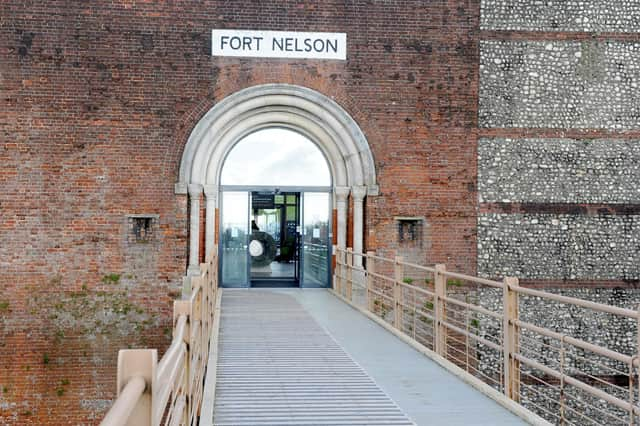

The fort first appeared above the city’s skyline in 1871 having been constructed by navvies in response to the growing threat of a French invasion.
Arriving in a blustery car park the panoramic vista extending across the city and out into the Solent makes it easy to picture the threat of an arriving flotilla of French warships which inspired the building of the aptly named fort.
Advertisement
Hide AdAdvertisement
Hide Ad‘Henry Palmerston, who was prime minister at the time, was growing increasingly concerned about the threat of a resurgent French Empire and the fact they had become the first nation to develop an ironclad warship – the La Gloire,’ says fort historian and public engagement manager, Lizzie Puddick.
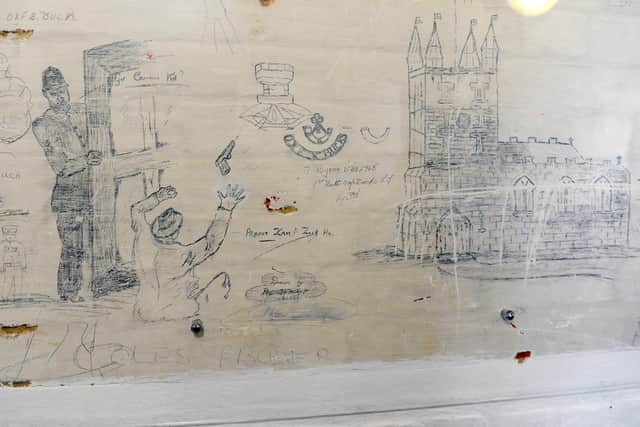

‘He ordered the building of Fort Nelson in the 1860s along with six other forts along the hill. The forts were designed to give it the firepower to stop the enemy capturing the vital naval stronghold of Portsmouth,’ she adds.
The fort was home to about 180 volunteer soldiers housed across nine barracks. While the regime was pretty strict – with 5am starts and daily marching and rifle drills – the conditions experienced by soldiers were ‘generally favourable’.
Lizzie says: ‘Life for the men in the forts was pretty good. While food was rationed it was generally wholesome and the fort was also the first place in Fareham to have running water for washing and drinking – they even had flushing toilets. At Christmas the cook would use some of the soldiers’ earnings to put on a feast.’
Advertisement
Hide AdAdvertisement
Hide AdThe fort also contained a two-wing hospital, prison cells and a number of cottages for officers and their families.
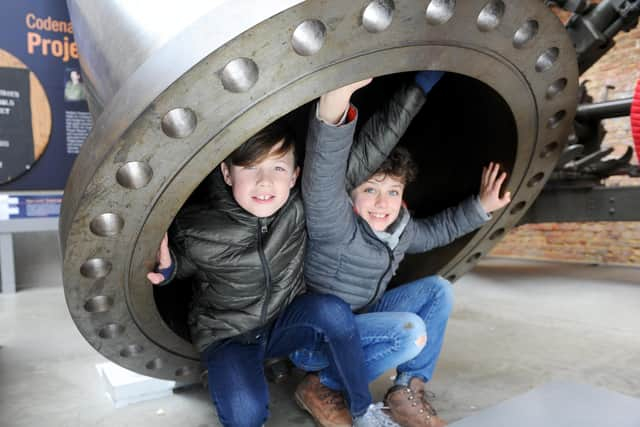

While the French invasion never materialised, Fort Nelson went on to play a significant role in the ensuing First and Second World Wars.
With the growing threat of German attack the fort was commissioned by the Ministry of Defence for the training of soldiers in the Royal Garrison Artillery. Soldiers became proficient in the loading of the 60lb breech-loading gun which was to prove an essential weapon during the conflict.
The onset of the First World War led to the fort being used as transit accommodation for military personnel destined for the front line.
Advertisement
Hide AdAdvertisement
Hide Ad‘The fort was filled with wooden huts and converted into barracks for soldiers heading to the Western Front,’ says Lizzie.
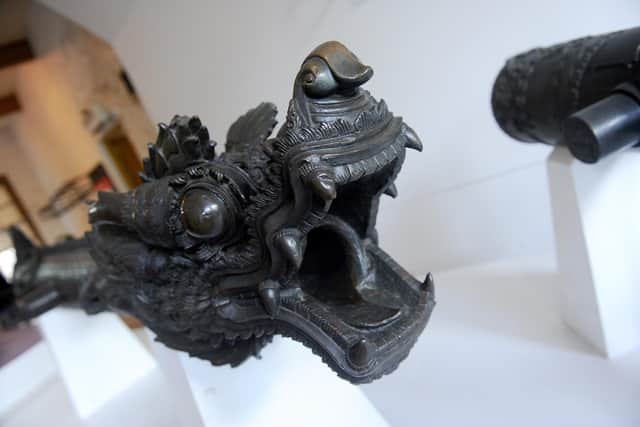

The accommodation, however, was not to everyone’s liking.
Writing in his diary, Private George Watson commented: ‘It’s like being in an opening hole. The cliffs rise up the grim old fort shutting out all sunshine but not the wind by any means.’
The onset of the Second World War saw the fort used not to house soldiers but more than 42,000 rounds of artillery ammunition.
‘Portsmouth was quite a target during the war,’ comments Lizzie.
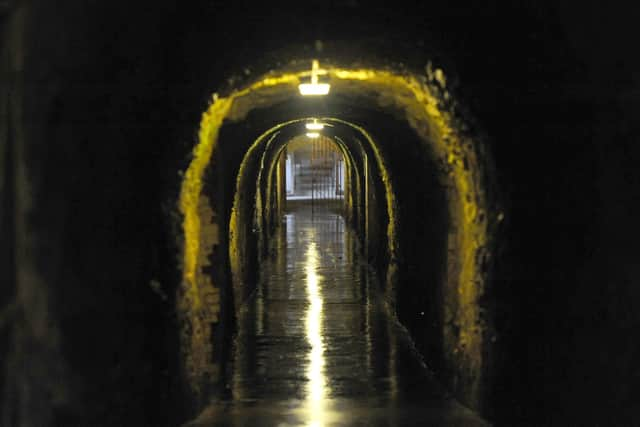

Advertisement
Hide AdAdvertisement
Hide Ad‘There is the large naval base and shipbuilding which was taking place in the city as well as the harbour which provides access in and out of the south coast,’ she explains.
With 60 anti-aircraft batteries established along the Solent coastline, somewhere was needed to house the requisite volume of ammunition. With its central location and fortified structure Fort Nelson was the obvious choice.
As Lizzie explains: ‘In 1938 the fort was converted into an ammunition depot with a conveyor belt added to make it more efficient. Working in the supply depot was potentially very dangerous. No naked flames were allowed and the soldiers had to take off their hobnail boots because of the threat of any sparks.’
While undoubtedly dangerous work, dealing with the storage and distribution of ammunition was often seen as a laborious task. Soldiers working at the base would keep themselves entertained by creating anti-German graffiti which can still be seen on the walls today.
Advertisement
Hide AdAdvertisement
Hide AdThe end of the war saw the fort fall into disrepair. ‘The site became a target for vandals until the late 1980s when Palmerston Forts Society became involved in the restoration of Fort Nelson. In 1988 the Royal Armouries also became involved. It was struggling with space for all their exhibits at the Tower of London and decided Fort Nelson would be the ideal site,’ says Lizzie.
In 1995, after being restored to its former glory, the fort opened to the public.
Housing more than 300 weapons and with guns dating back to the Middle Ages, Fort Nelson now welcomes more than 100,000 visitors a year.
Examples of artillery on display include bronze cannon built in 1762 for King George III, the Bofors anti-aircraft gun, capable of firing up to 50,000ft into the atmosphere, and the infamous quick-firing light field howitzer responsible for the deaths of thousands of soldiers during the First World War.
Advertisement
Hide AdAdvertisement
Hide AdDominating the display are sections of the 156-metre-long supergun commissioned by Saddam Hussein, then leader of Iraq. Built in Sheffield and designed by British engineer Gerald Bull, the gun was thought capable of sending a projectile weighing between one and two tonnes into orbit. With Middle East tensions rising at the time, mystery still remains over British involvement.
Lizzie says: ‘It was claimed Saddam was going to use it to launch satellites but many people believed it was to be used for missiles.
‘The true reason has never been revealed and the gun never reached its destination as it was seized in French customs.’